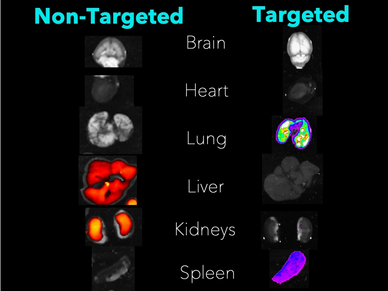The HAWC Technology
The Science
The Consensus Sequence
The Consensus Sequence

At XapHe, we applied AI algorithms to understand the critical sequence within human proteins that seamlessly enters cells. Two key human proteins were identified, one of which enters cells via clathrin-independent endocytosis, and the other via clathrin-dependent endocytosis. Three critical sequences were identified for further investigation.
The Consensus Sequence
The Consensus Sequence
The Consensus Sequence

From these three proteins, we identified a 15-aa consensus sequence that had a 8-aa clathrin-mediated domain and a 7-aa clathrin-independent domain. A wider search then showed that this 15-aa consensus sequence was not only present in human proteins, but also in viruses and bacteria. At XapHe, we knew that this was a once-in-a-lifetime finding.
HAWC
The Consensus Sequence
HAWC Nanoparticles

The 15-aa consensus sequence did not complex with nucleic acids or form nanoparticles, so there was no transfection. In-depth modifications were required. The team at XapHe added a further 9 amino acids, 2 at the N-terminus, 5 at the C-terminus, and 2 between the 7-aa and 8-aa sequence. Those additions led to the generation of HAWC.
HAWC Nanoparticles
HAWC Nanoparticles
HAWC Nanoparticles

The HAWC nanoparticles created at XapHe exceeded every expectation, with sizes of ~100 nm, and a polydispersity index that was consistently less than 0.06 without the use of microfluidics. Excitingly, both methods of cellular entry were still functional, maximising the chances of enhanced cell entry even in primary cells. Nanoparticles retained all characteristics post-lyophilisation.
Cellular Entry
HAWC Nanoparticles
Targeted Delivery

The results were outstanding, leading to >80% transfection across all cell types. The HAWC sequence was not recognised as foreign, which enabled multiple transfections of any cell type without toxicity. HAWC can complex any size or number of nucleic acids from DNA to all types of RNA within the one nanoparticle. In addition, there is no need for cold-chain storage, even for RNA nanoparticles.
Targeted Delivery
HAWC Nanoparticles
Targeted Delivery

At Xaphe, getting beyond the liver and the kidneys is critical in vivo. That's why we have developed a first-in-class targeted system for HAWC that can take your nucleic acid to a specific tissue or cell type. The targeting motif is added to the HAWC peptide which then delivers seamlessly in vivo. These targeted delivery systems can also be lyophilised and stored at room temperature.